What We Do
The images below represent active Ecoss research topics. Hover over each to learn more.
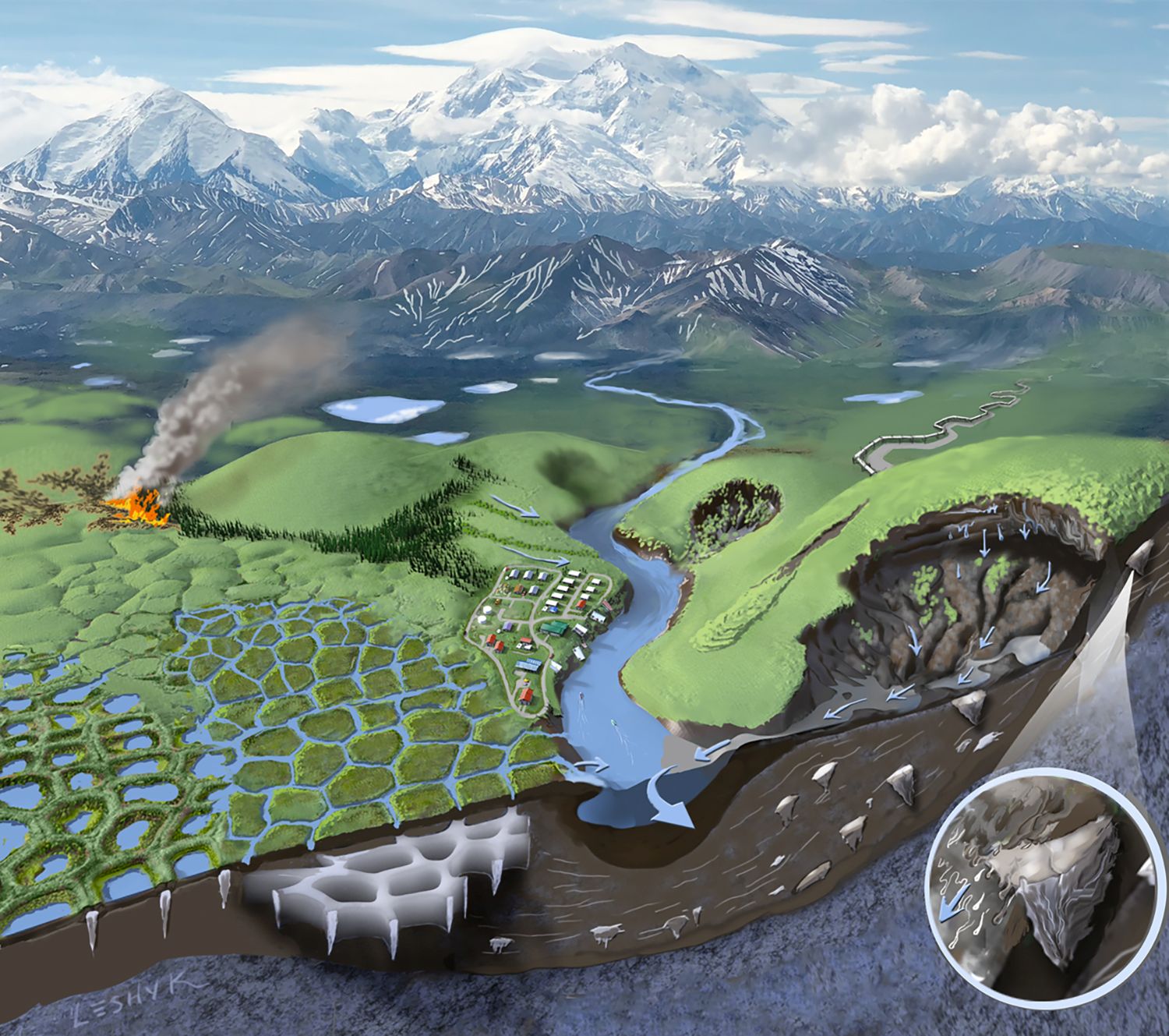
The Arctic
We study how the Arctic is rapidly changing, including how plants, fungi, and microbes respond and interact to change, and how positive feedbacks in these ecosystems from permafrost thaw and disturbances influence Earth’s climate.

Community Ecology
We look for traits that help plants survive and propagate in drylands using experimental plant communities and common gardens. Our research informs ecological restoration efforts and biodiversity preservation in ecosystems across the American Southwest.
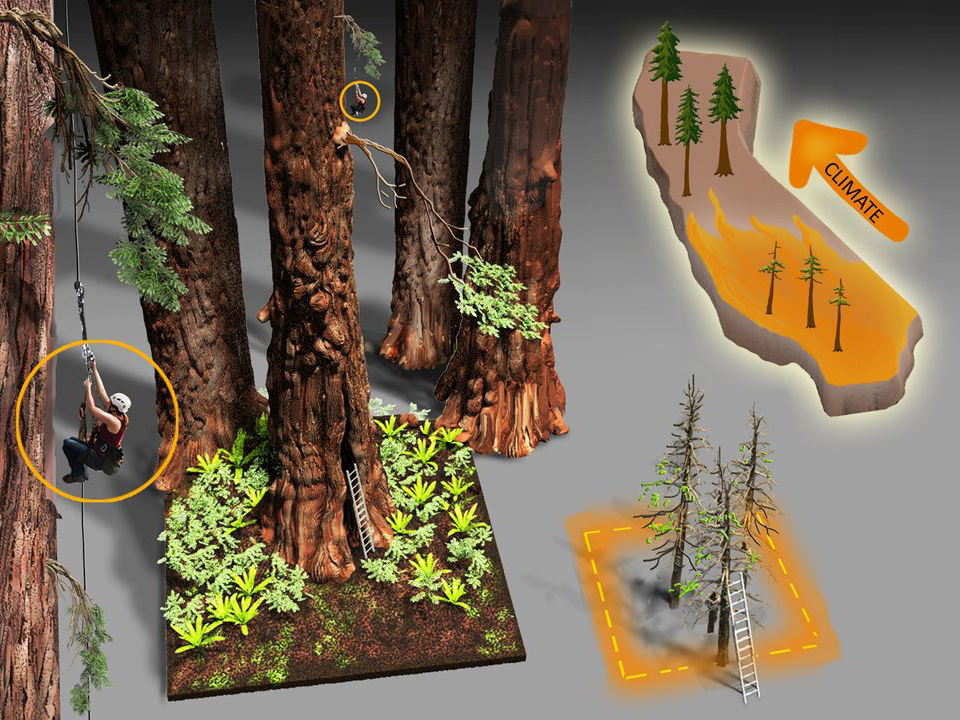
Ecophysiology
We study plants, from desert shrubs to some of the world’s tallest trees, to better understand links between how they use water and cycle carbon, how they assimilate carbon into their structures, and how nonstructural carbon pools in mature trees.
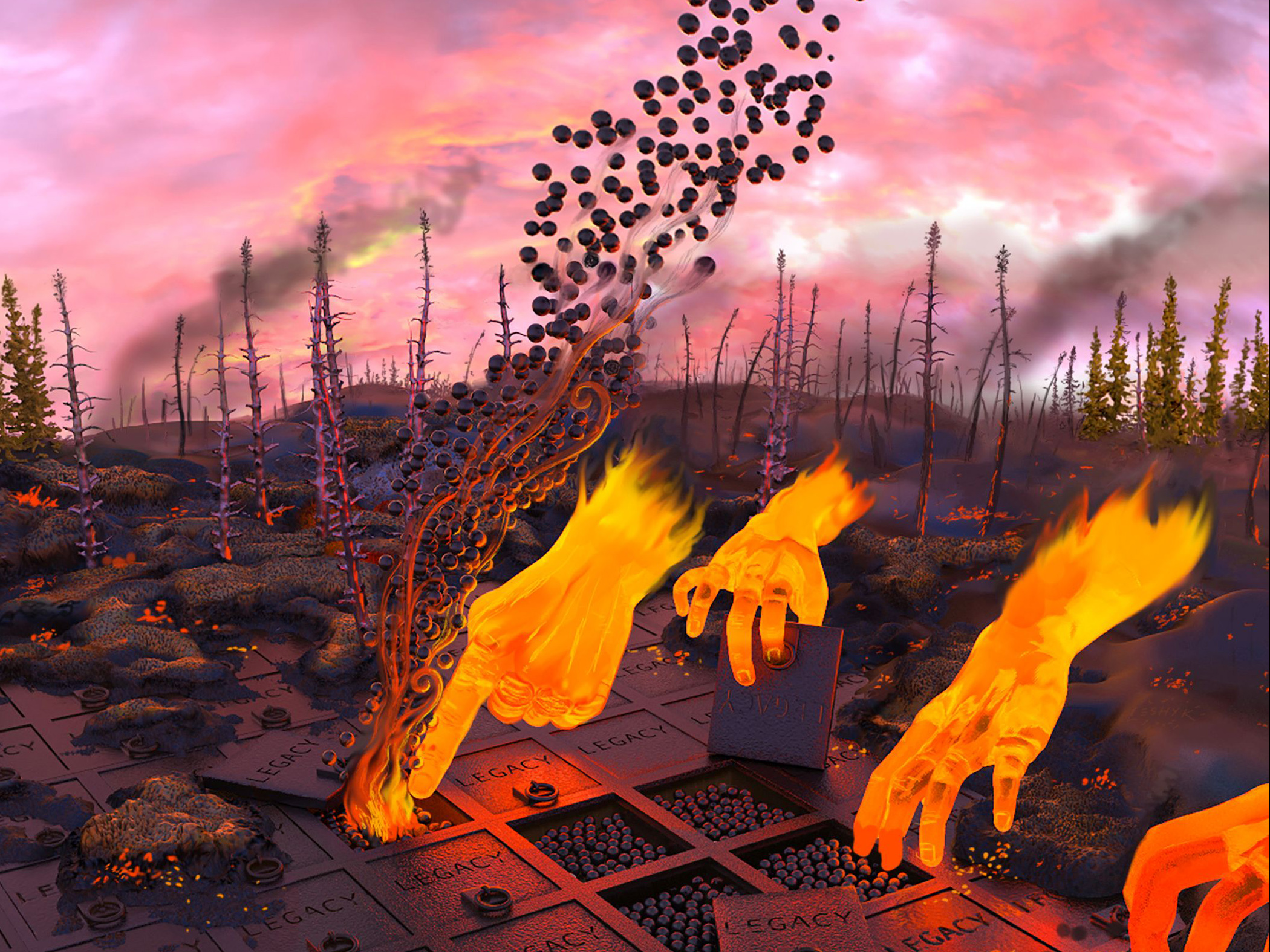
Fire
We study how soil, plants, and microbes respond to fire disturbances and how these ecosystem responses and interactions affect carbon and other nutrient cycles.

Freshwater
We study how freshwater ecosystems are structured and how they respond to environmental disturbances, food web changes, and climate warming. By using restoration projects like the decommissioning of Fossil Creek as ecological experiments, we use quantitative stable isotope probing (qSIP) and other methods to assess native food webs and stream health.

Microbes
Microbes rule the world. We use in situ and high-resolution lab techniques like quantitative stable isotope probing (qSIP) to delve into the diverse microbial realm and measure how the invisible masses eat, grow, and respond to changing and complex environments.
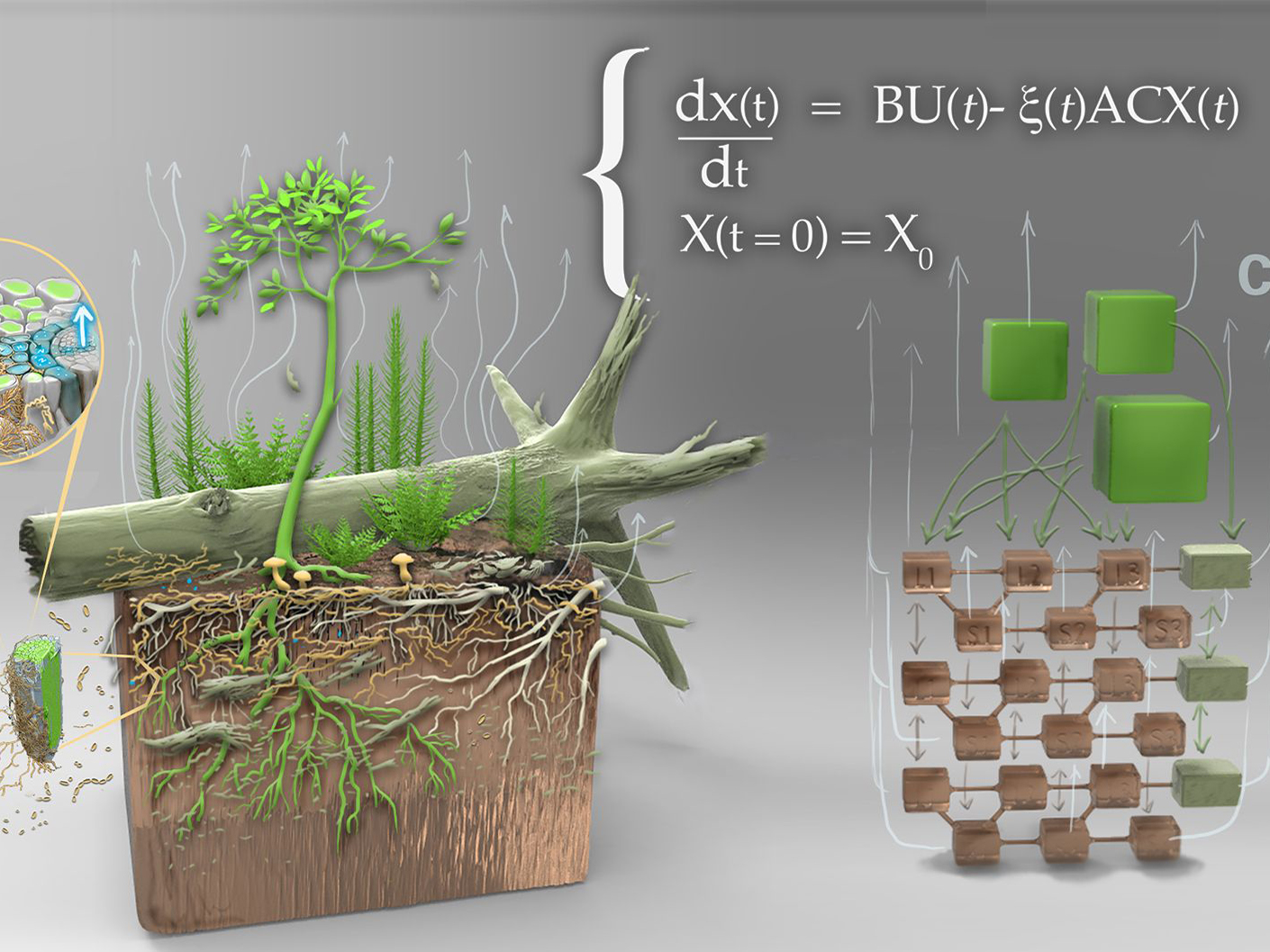
Modeling
We integrate biological processes through data assimilation to understand how the carbon cycle is changing - and how those changes inform global climate models. Our matrix approach allows us to pull data across scales into a unified framework that allows for faster, better climate predictions.
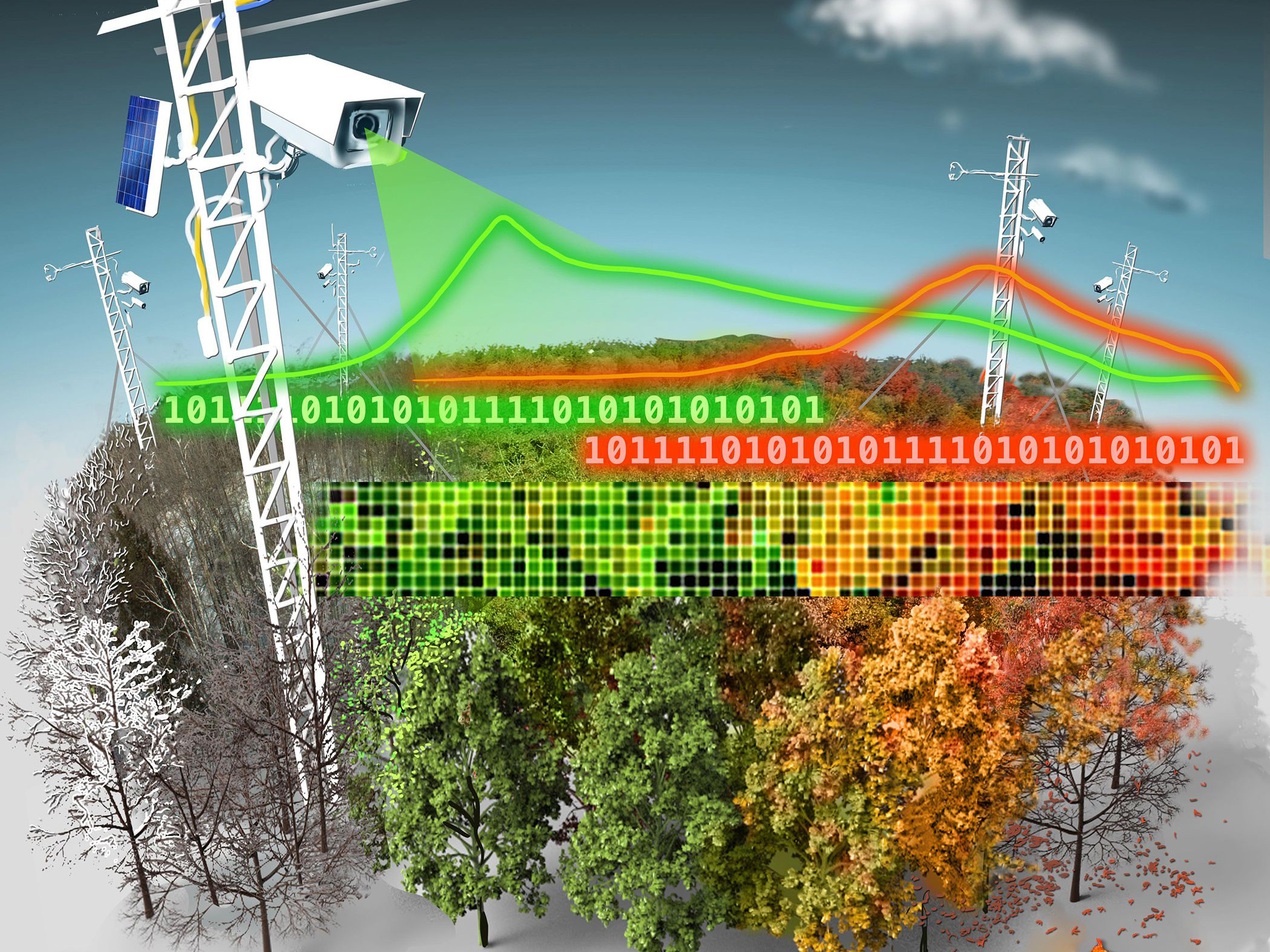
Phenology
We study the seasonal rhythms of plants and how they respond to climate change using PhenoCam, an open-source network of cameras stationed in ecosystems across the U.S, and Canada.
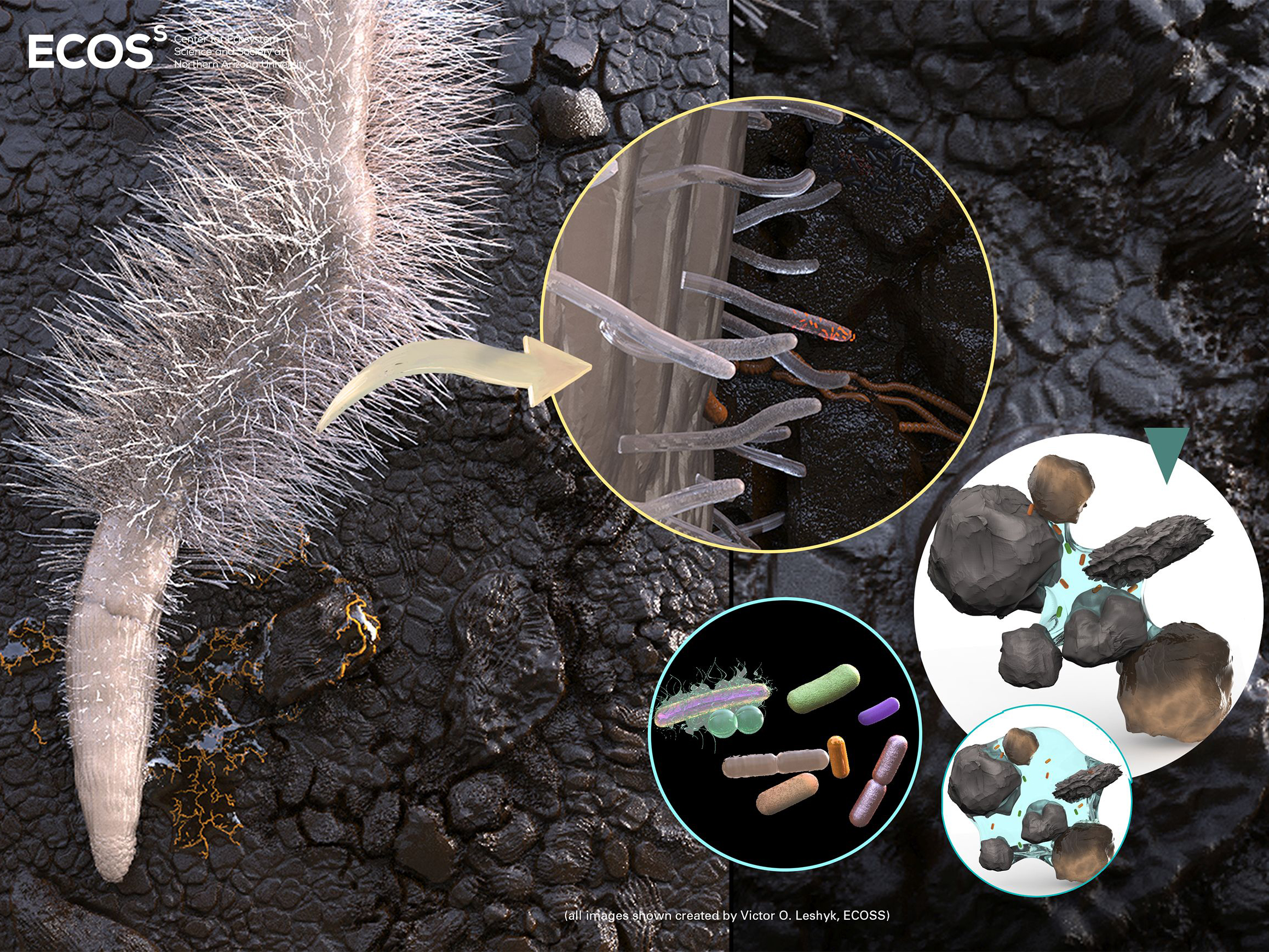
Soil
Soil is a large piece of the global climate picture, storing and releasing vast amounts of carbon. We use cutting-edge methods to ask new questions about soil microbes: how they cycle carbon and other nutrients, and how their responses to warming have effects on global climate.